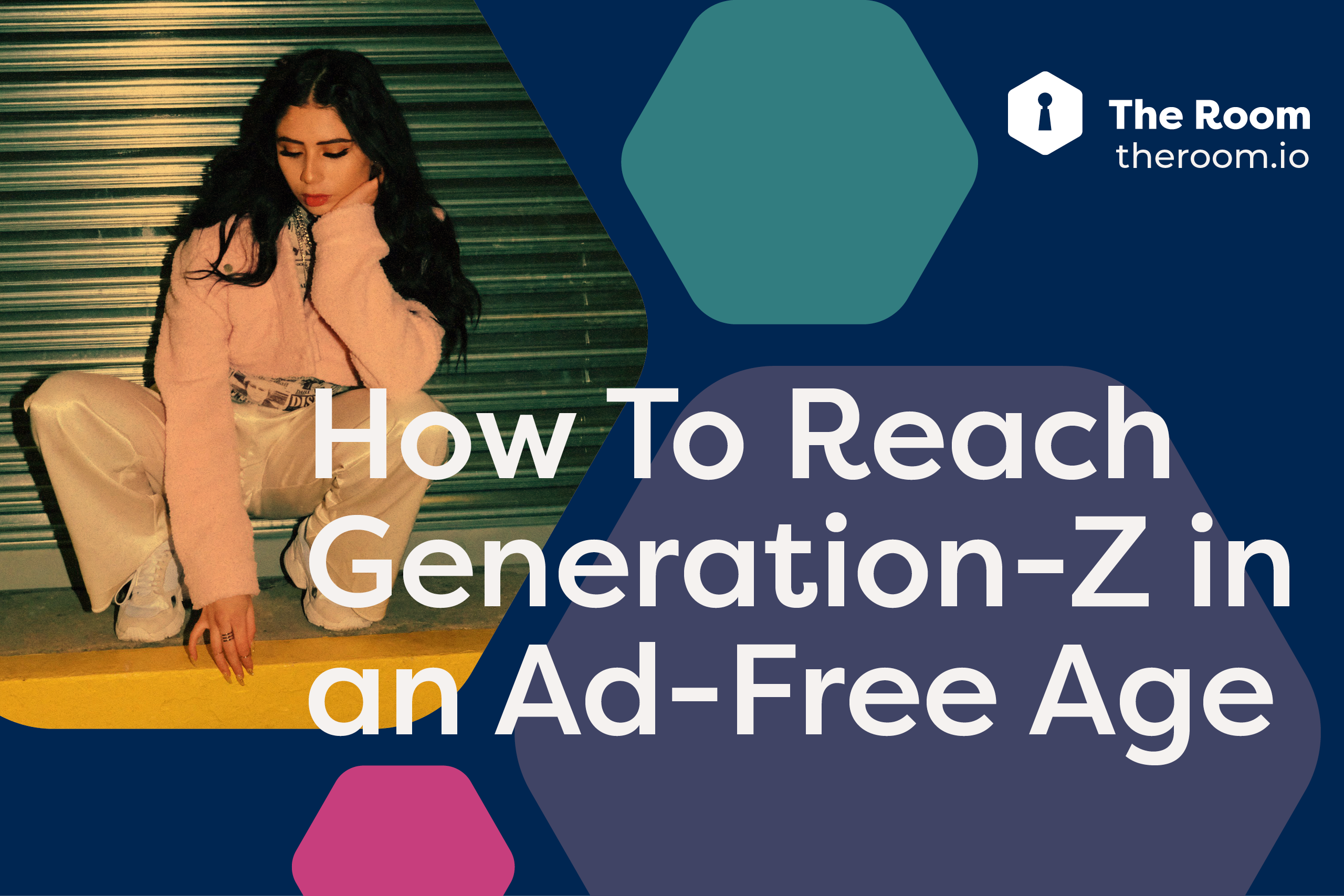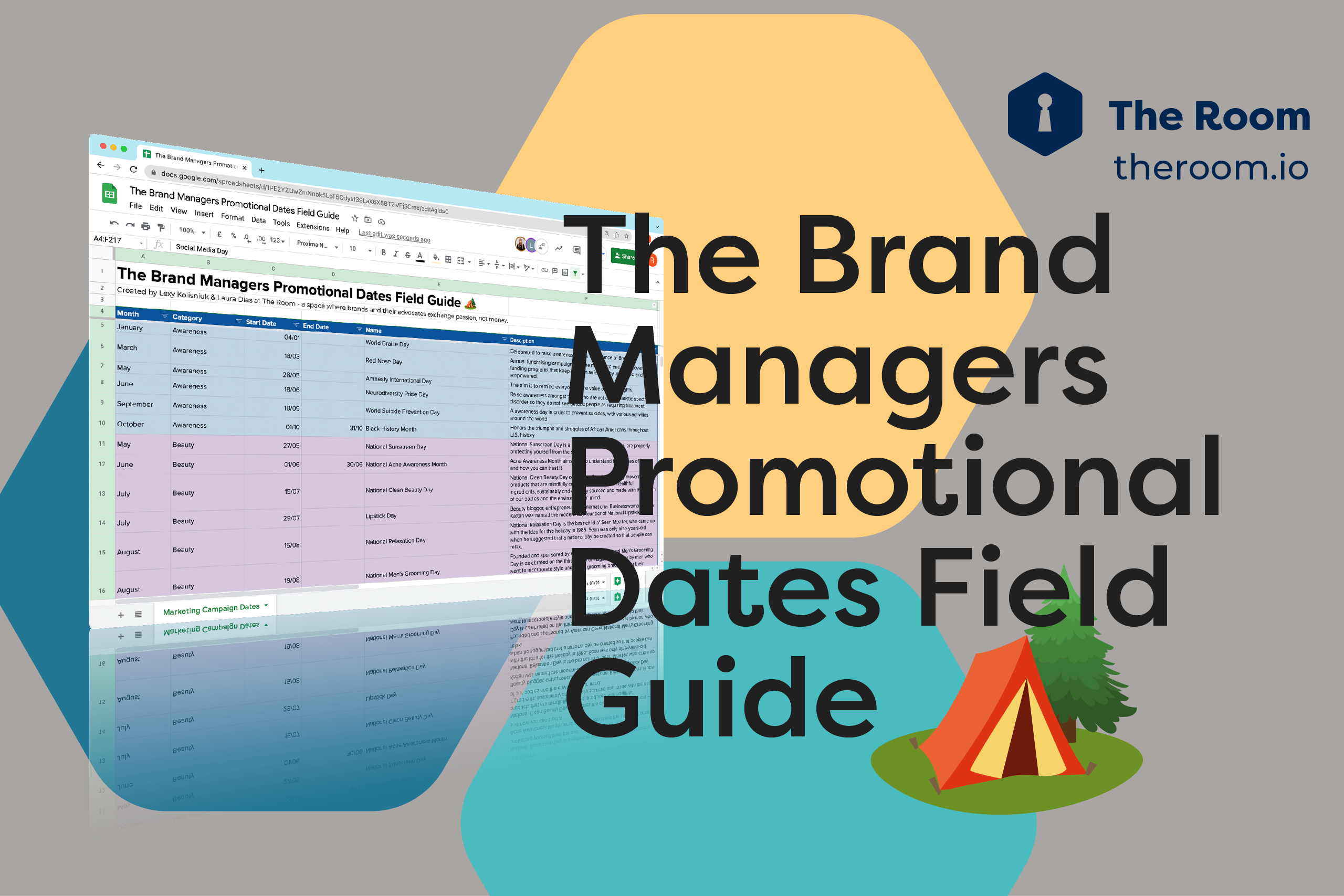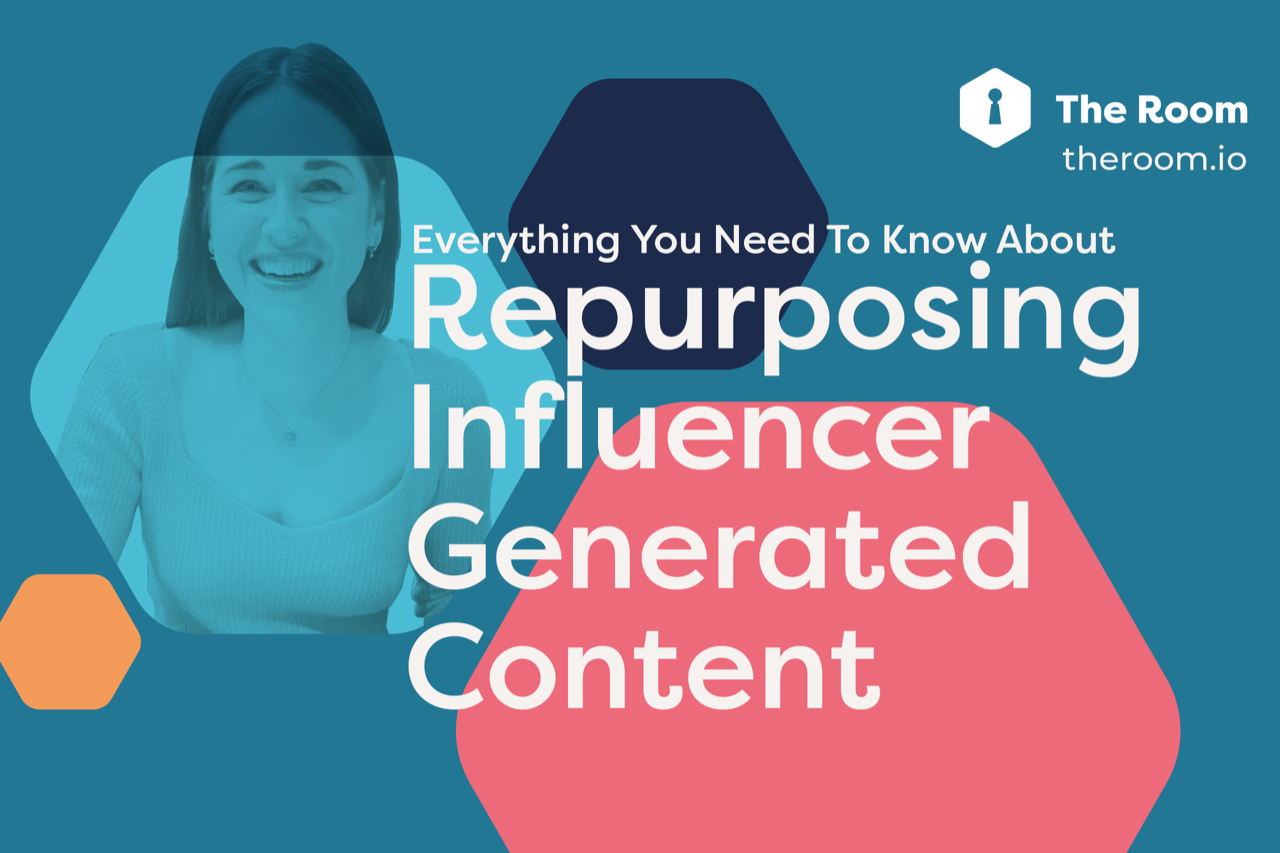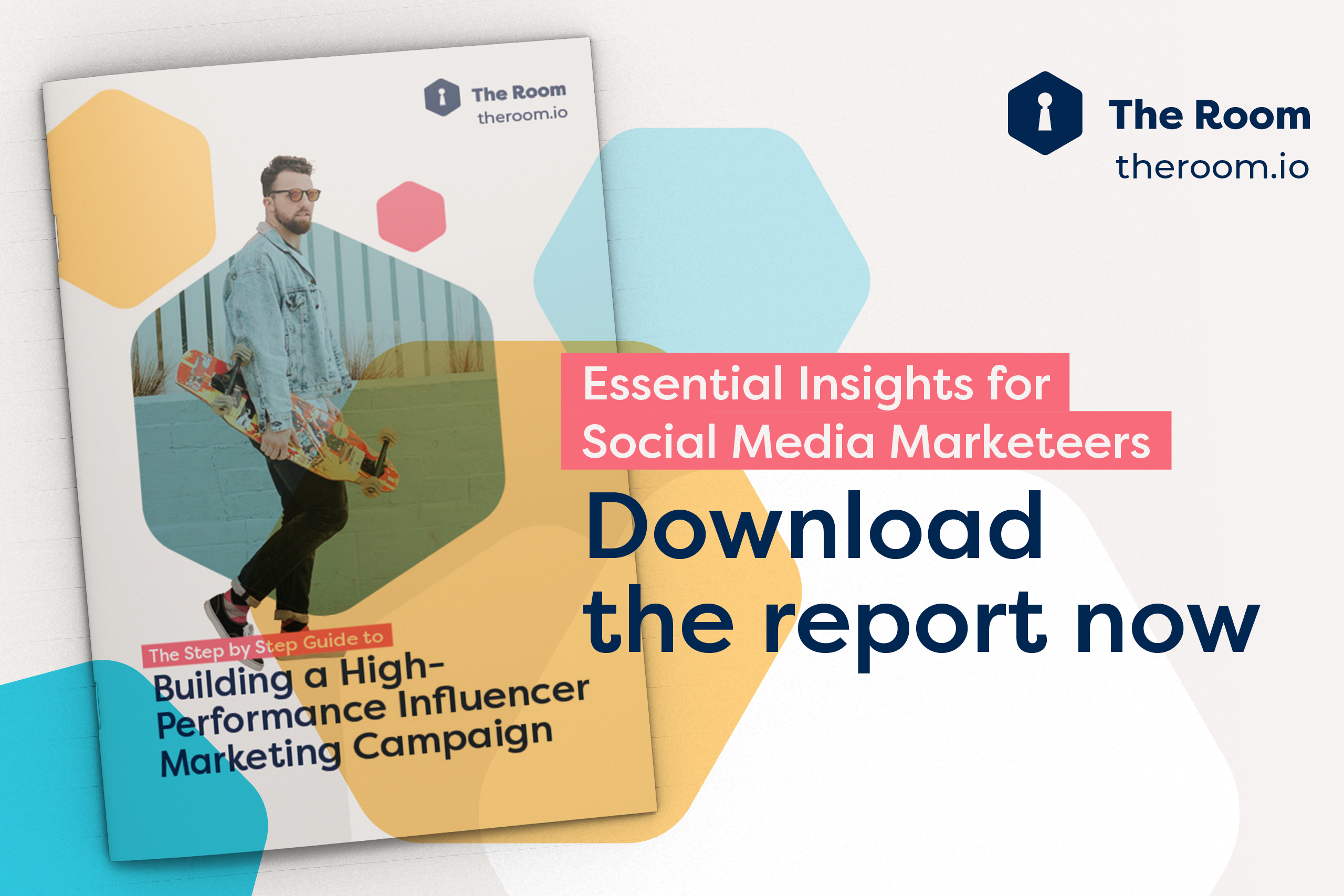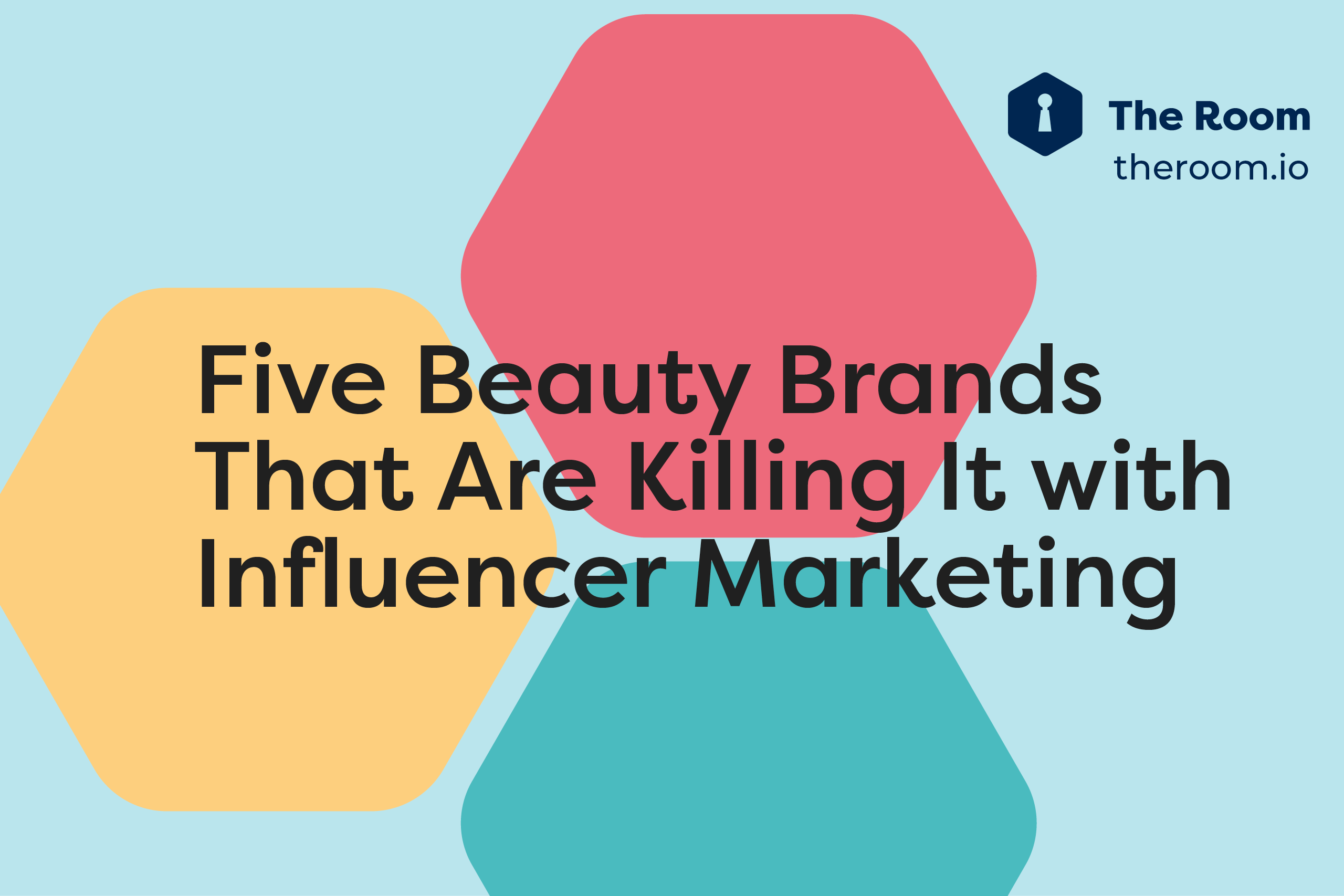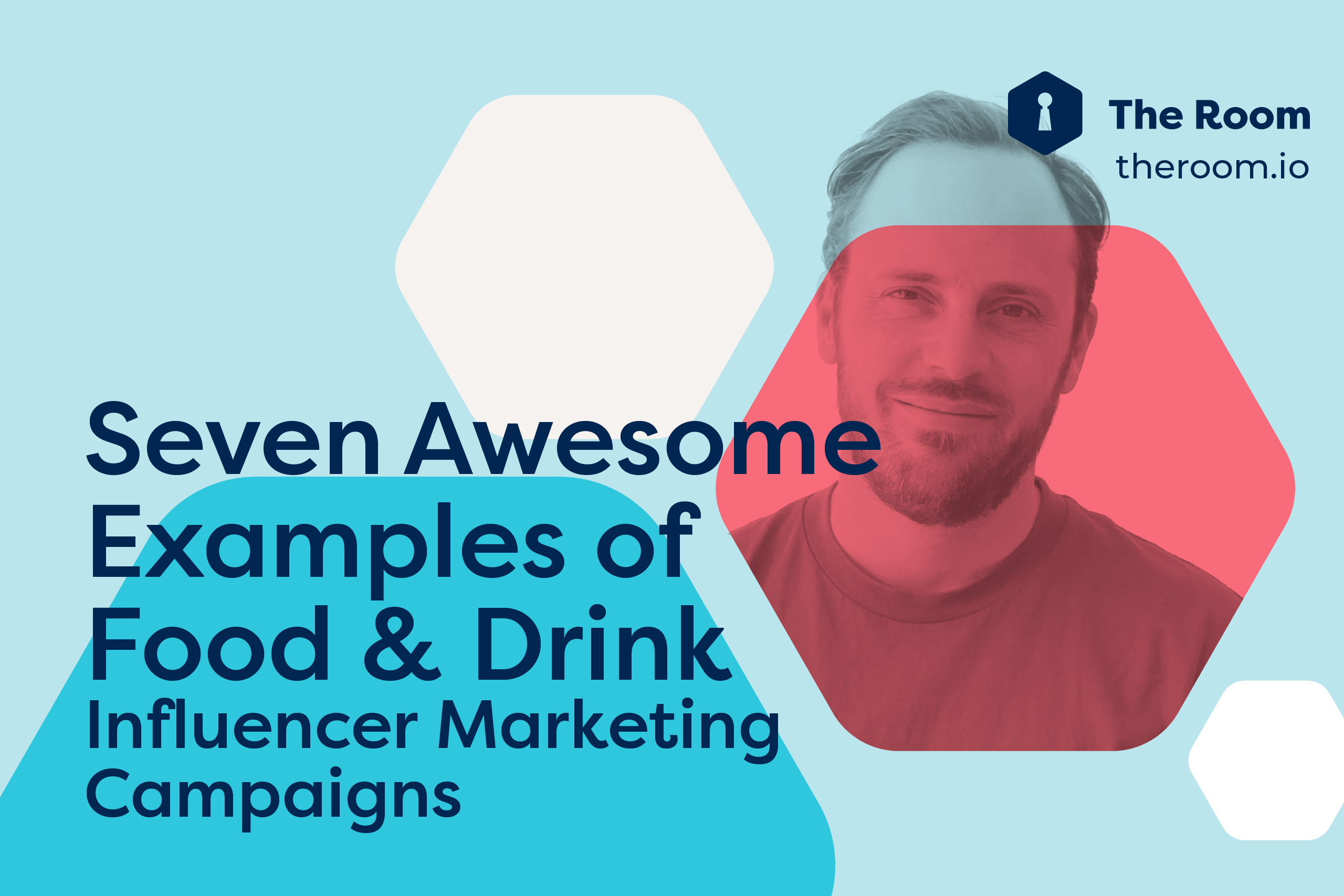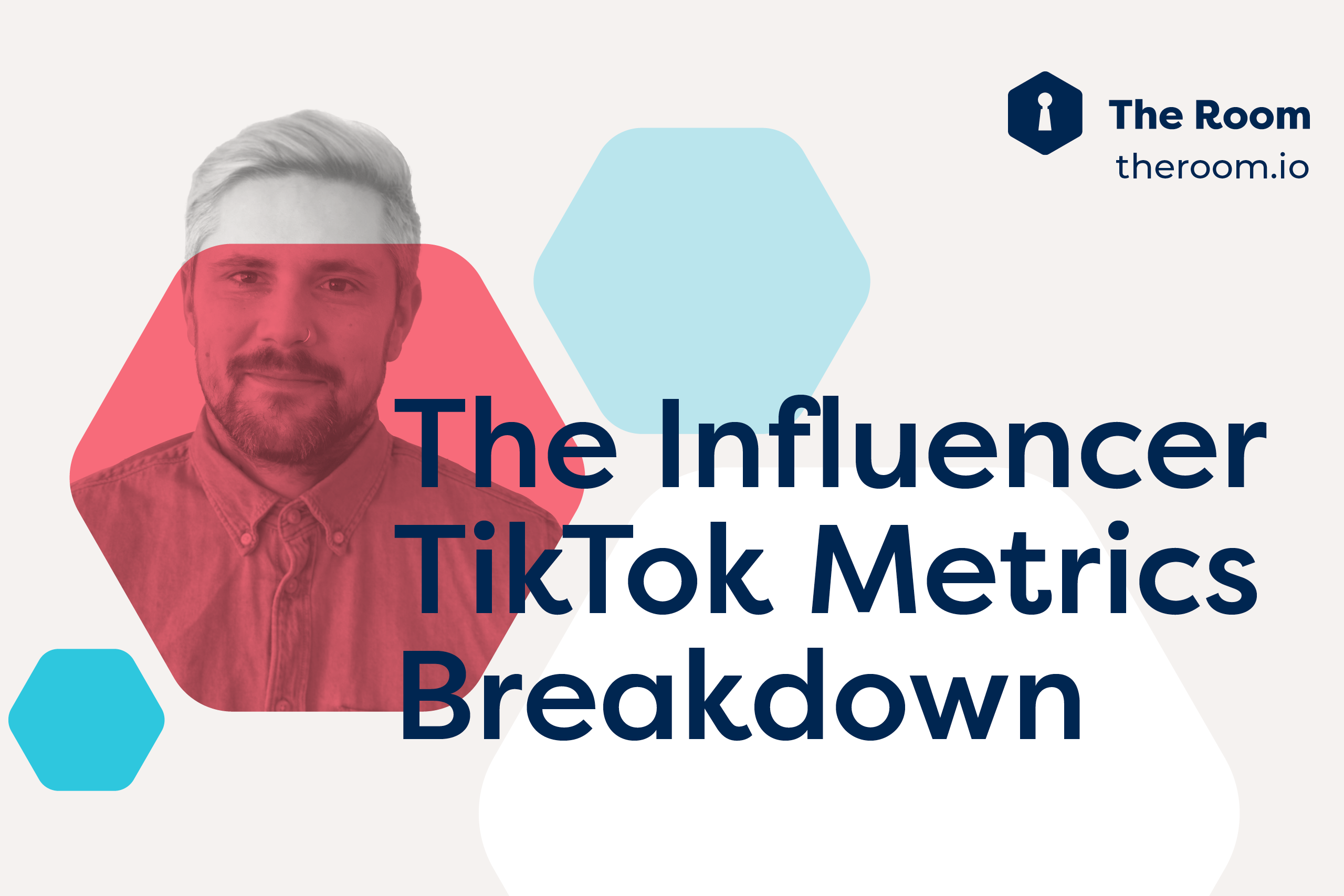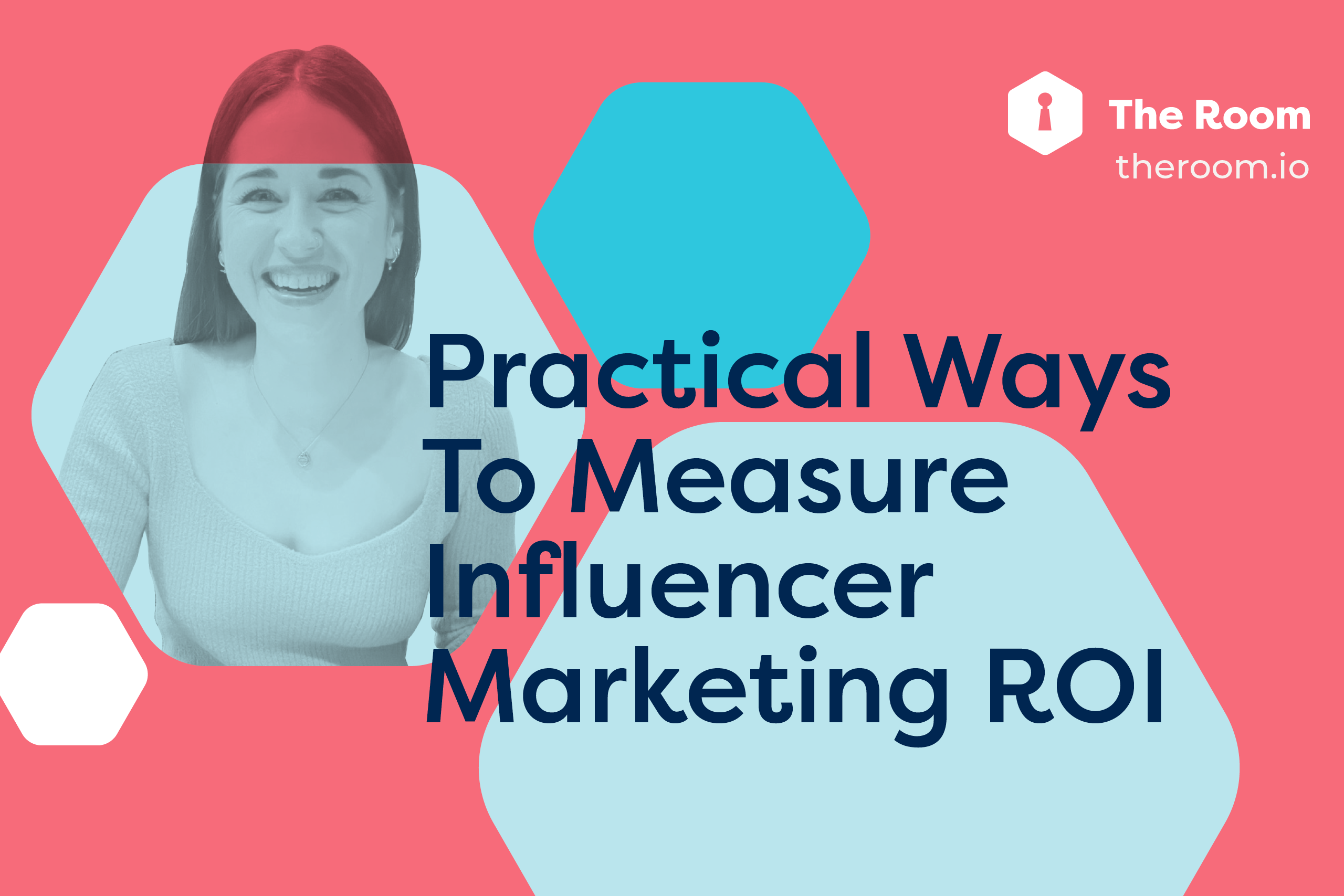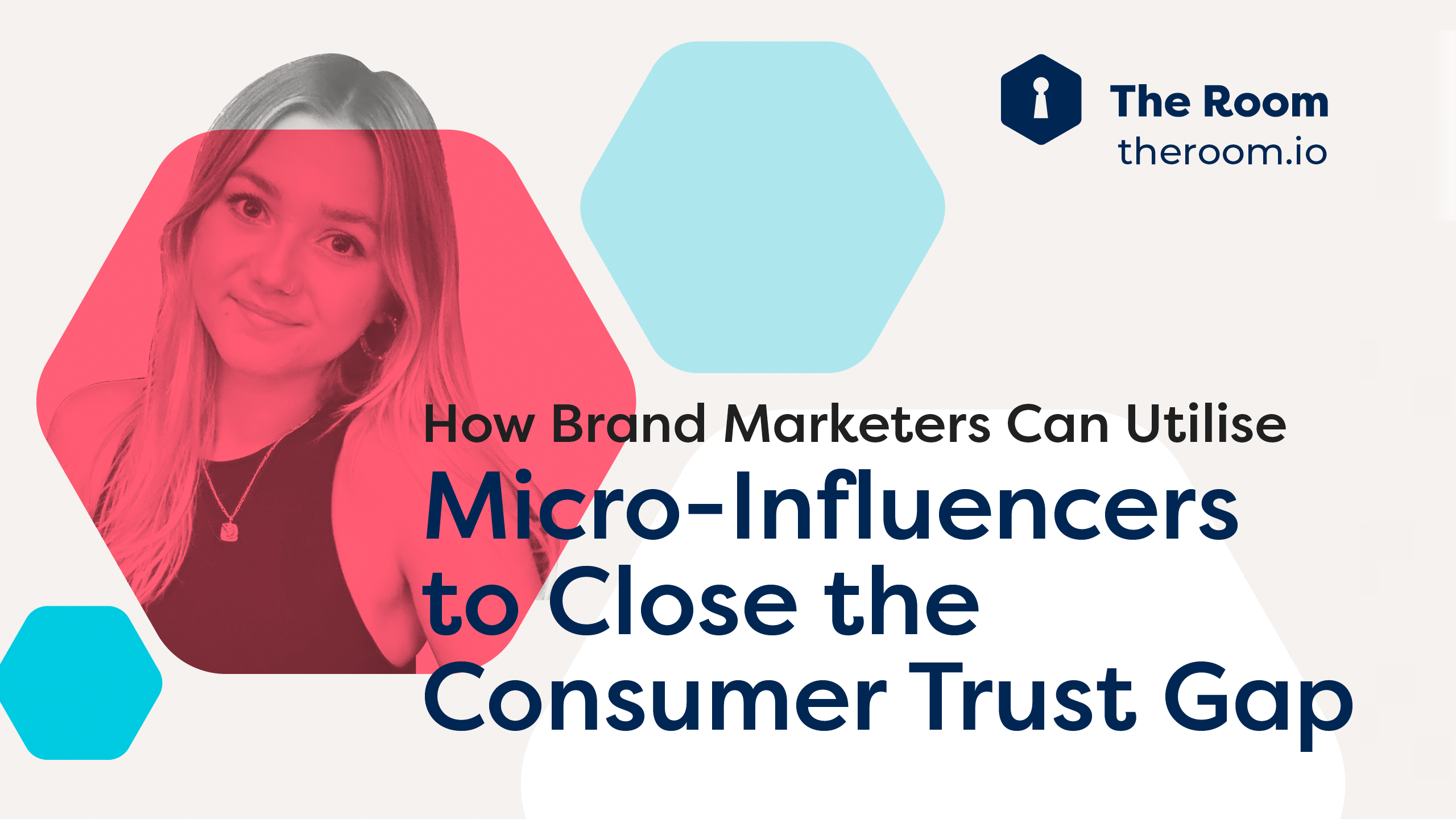Reaching audiences seems to be more challenging than ever. With more distribution channels and content formats, engaging with customers is near impossible.
A shift in focus, attention span, and approach has meant businesses have had to change their strategies to keep customers involved.
The days of radio and television have changed drastically, with digital transformations dominating the advertising industry. The emergence of social media has meant consumers are bombarded with content daily. Marketers now need to work even harder to make sure their brand stands out amongst their competitors.
That being said, many digital marketing tactics continue to convert Gen X and Boomer consumers, so they will still play an essential role in many businesses marketing strategies. However, Gen-Z and Millennials have become increasingly resilient against digital marketing tactics and require a different approach.
Gen-Z is the most challenging group to market to as they no longer consume media the same way; they avoid advertising and have on average 8 seconds shorter attention spans. That’s why brands need to consider how essential those 8 seconds are to ensure they resonate with this audience.
They no longer see traditional forms of marketing like billboards, magazines or television ads. They live in a near ad-free world where everything is readily available. According to Kantar Millward Brown’s AdReaction study, 69% of Gen-Z are most likely to physically avoid advertising. It’s no surprise considering the boom in streaming services like Netflix and Disney+, making the need for daytime TV non-excitant.
Almost two-thirds of Gen-Z consumers have been put off by traditional marketing, meaning marketers need to change tactics to win over the younger generation.
But first, what do we know about Gen-Z?
Who Are Gen Z?
With a birth range between 1997 and 2012, this generation is the first demographic group born after the internet was commercialised - making them true “digital natives”. Digital experiences are a key part of their upbringing and why smartphones are central to their lives. This group is highly-engaged with technology, with 64% saying they are constantly connected online.
Gen-Z is quickly becoming one of the world's most powerful consumer segments. It amounts to a third of the world's population and controls an estimated spending power of $143 billion annually.
So understanding what makes this generation tick will allow you to take advantage of Gen-Z’s massive spending power.
What Makes Gen-Z Unique?
Gen-Z is generally known as the socially conscious generation, and for good reason. Having grown up with the internet at their fingertips, they have seen the world change.
Driven by values, Gen-Z can spot a disingenuous engagement a mile away. With digital options everywhere, they won’t hesitate to move on to a competitor whose values align better with theirs.
Gen-Z’s core values are inclusivity, curiosity and reciprocity, culminating in a unique worldview.
Their attitude to equality is a huge indicator in regards to what sort of marketing they react to. Striving to celebrate diversity means they want to see brands they care about. In fact, according to Meta Business 77% of Gen-Z want to see more diversity in advertising.
Marketers need to be mindful of how Gen-Z’s familiarity with technology shapes their attitudes towards brands, advertising and shopping experiences. This means brands need to make an impact but ensure it’s the right one.
How To Reach Gen Z
Once you’ve gained a better understanding of this generation, it’s time to start reaching them. It’s vital to develop a strategy specifically for Gen-Z, rather than just applying your overall approach to their age group.
The best place to start is meeting Gen-Z in their primary space - the latest social media platforms. However, it isn’t enough to see social media as a means to simply engage with Gen-Z. Placing an advertisement on either Instagram, TikTok or Youtube, does not guarantee that they will engage with it or even notice it.
Rather than focusing on ‘capturing’ the attention and interest of young digital audiences, brands should focus on cultivating a more genuine relationship with them.
So what’s the best way to do this?
Well as 63% of Gen-Z trust what influencers say about a brand more than what a brand says about themselves, influencer marketing is the best place to start.
Collaborating with influencers gives you access to a large audience base with consumers who are already engaged and interested in what they have to say. This means you can reach your customer more efficiently and gain greater consumer trust and loyalty long term.
The younger generation appreciates what influencers have to say. They are called influencers for a reason as they know how to speak to their audience. Connecting and speaking to their emotions strengthens their trust.
When we talk about ‘influencers’, this umbrella covers a wide range of people. That means it's important to find the right people for the job. Size isn’t always the best solution. Considering working with smaller influencers can have a much more significant impact on the effectiveness of the campaign and audience.
According to Gen-Z Statistics, 69% think ads are disruptive and want to see ‘real people’ instead of celebrities. Eagle-eyed and attentive, Gen Z abandon all trust in celebrities who do endless commercial campaigns and are clearly “just in it for the money”. It's important to find the right people who naturally fit in with your brand and the environment.
Working with micro-influencers who are also true advocates of your brand can be a great solution to effectively reach this generation. Not only do they offer greater trust and loyalty, their communications feel more authentic as they are much closer to their audience.
Ready to take your marketing strategy to the next level and reach Gen-Z? Great, get in touch today and we’ll make it happen. Take a no-obligation demo with our influencer marketing platform now.
